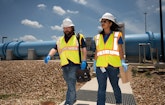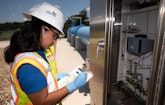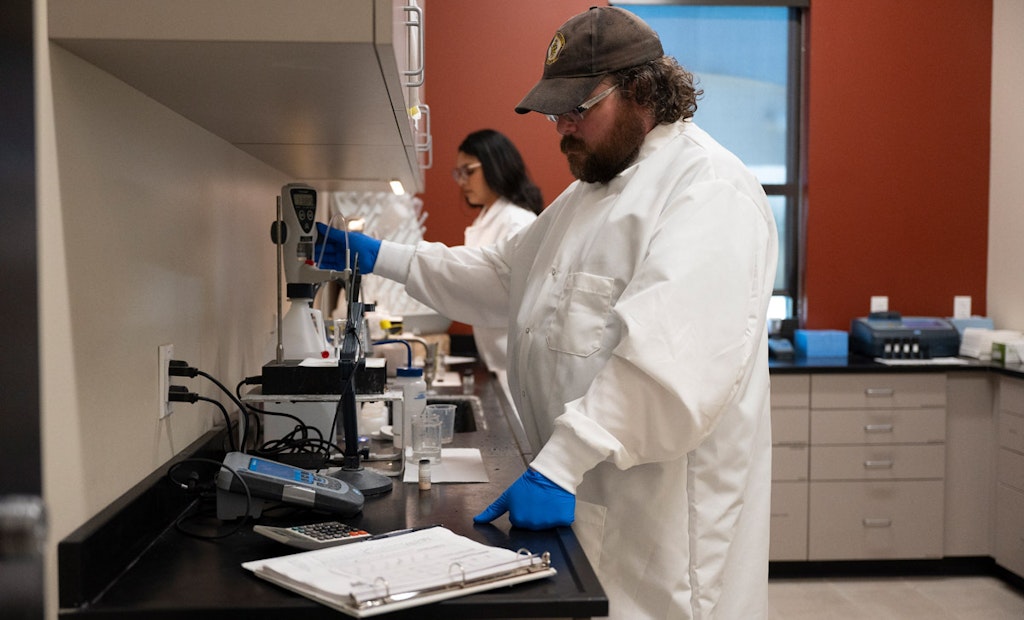A $930 million, 142-mile-long pipeline has further diversified San Antonio’s water portfolio and has decreased the fast-growing city’s reliance on its major water source — the Edwards aquifer — by nearly 20% during the last two years.
The Vista Ridge pipeline draws 50,000 acre...











